Day 12: The Tiger's Nest – A Pilgrimage to Bhutan's Most Sacred Site
The alarm went off early today, but there was no reluctance in getting up. This was the day I'd been anticipating since we first started planning this trip: the hike to Paro Taktsang, the Tiger's Nest Monastery, Bhutan's most iconic landmark and one of its most sacred Buddhist sites.
The Ascent Begins
We left the hotel and drove to the trailhead, where the reality of what lay ahead became clear. The monastery clings impossibly to a granite cliff face 900 meters above the Paro Valley, and the only way up is on foot. I committed to walking the entire route – no horses for me today – and it turned out to be roughly 6 kilometers and around 15,000 steps of steadily climbing mountain trail.
The path wound upward through magnificent blue pine and rhododendron forest, the air crisp and cool in the early morning. What made this climb particularly special for photography was the otherworldly quality of the woodland. Ancient trees were draped with curtains of russet-colored lichen, creating an almost fairy-tale atmosphere. I couldn't resist stopping frequently to capture these abstract compositions – the contrast between the twisted, moss-covered branches, the hanging lichen in burnt orange tones, and the skeletal leaves still clinging to some trees created hauntingly beautiful patterns. These weren't the typical postcard shots of the monastery, but they felt like an essential part of the story of this sacred mountain.
Seven Hours in the Mountains
We spent seven hours in total on the mountain – hiking up, exploring the monastery complex, photographing from multiple viewpoints, and making the descent.
By the time we made our way back down through the forest, my legs were protesting, but I felt an immense sense of accomplishment. This wasn't just about checking off Bhutan's most famous sight – it was about making a pilgrimage, in my own way, to a place where legend and landscape merge, where human determination and spiritual faith created something that seems to defy both gravity and reason.
As we drove back to the hotel, the monastery was visible in the distance, still clinging to its cliff face, still mysterious and magnificent. It's a sight I'll carry with me long after these 15,000 steps have faded from memory.
Tomorrow: Our final couple of days in Bhutan – visiting the festivals and reflection on Bhutan.

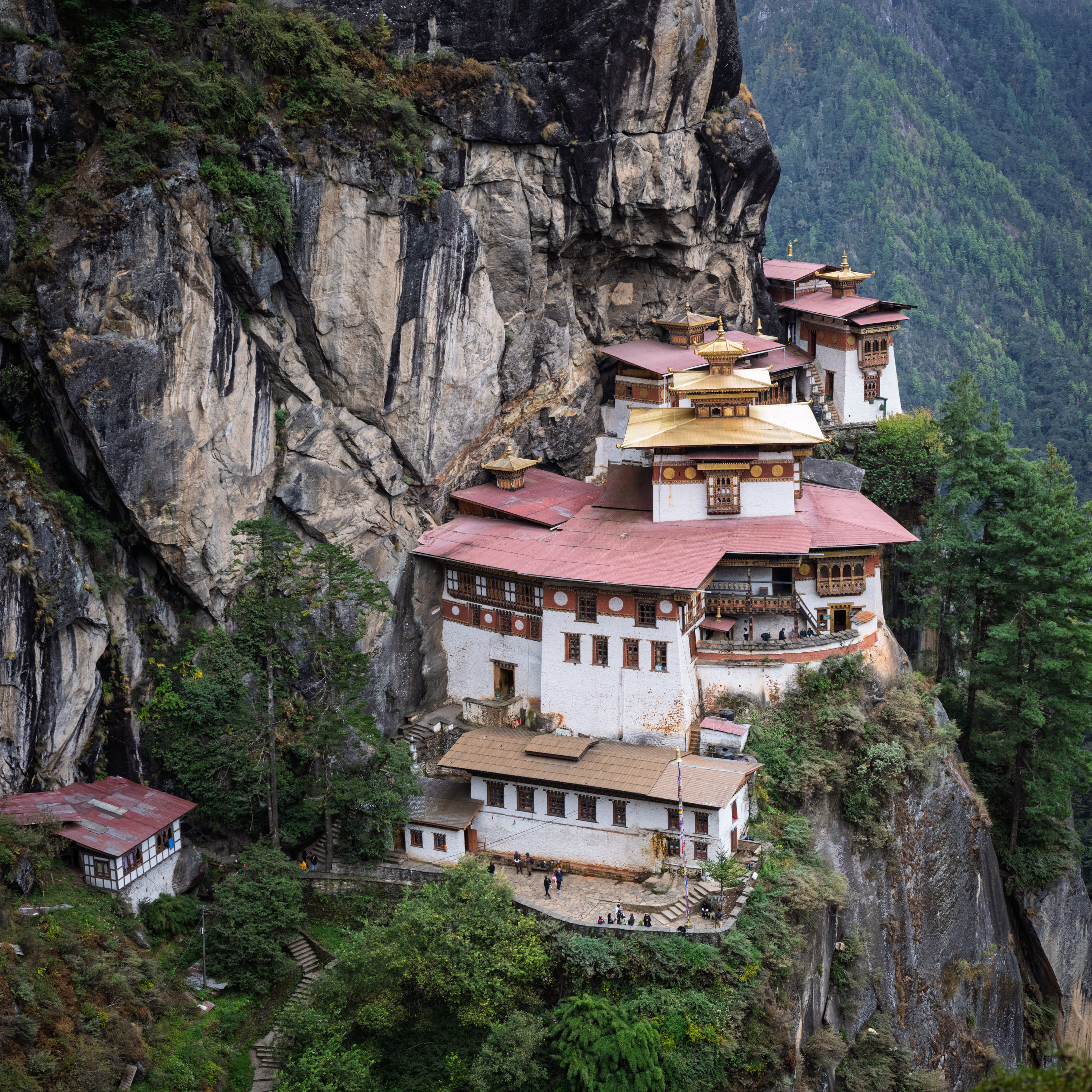
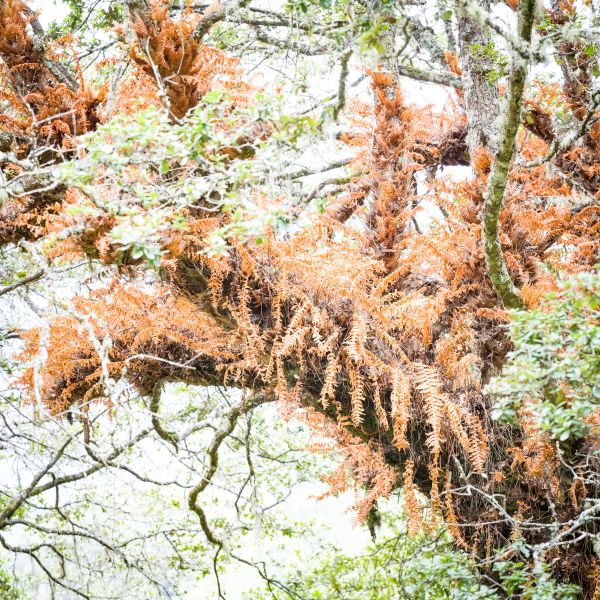
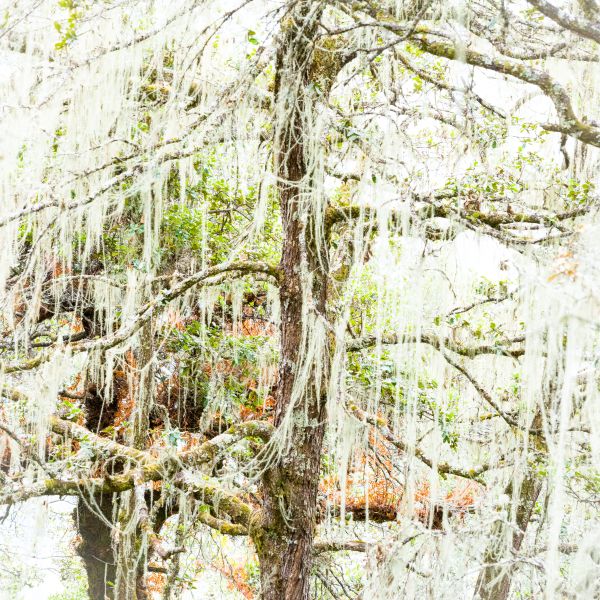
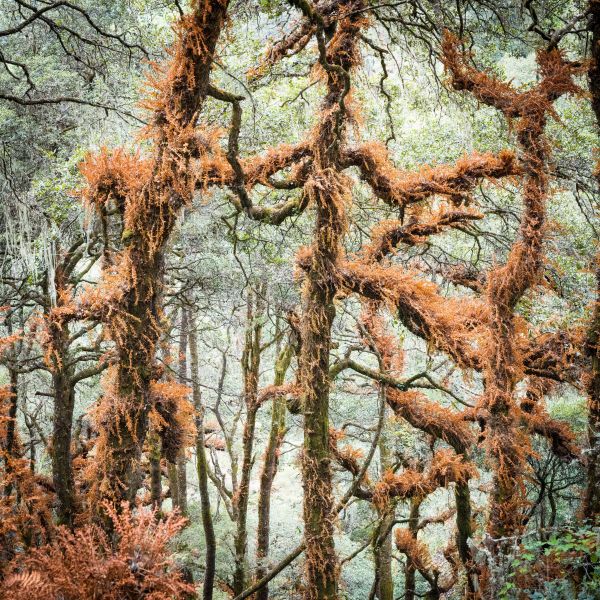
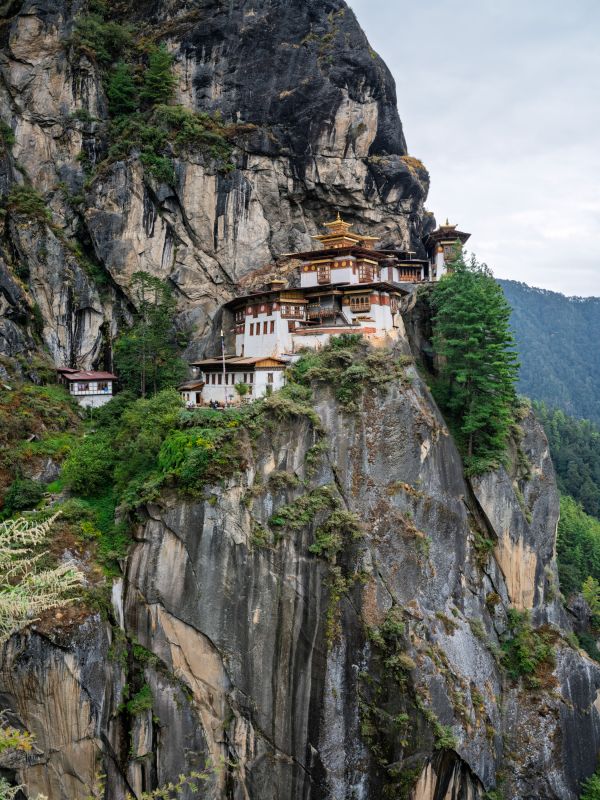
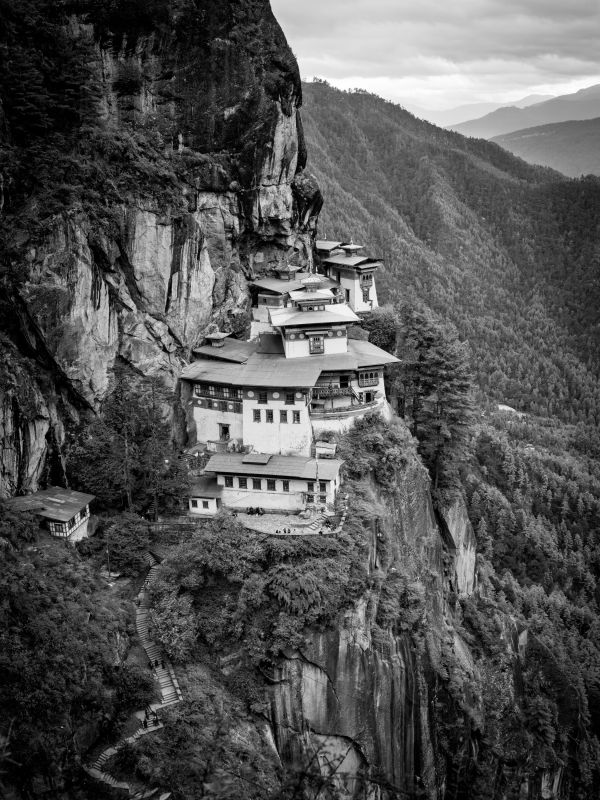
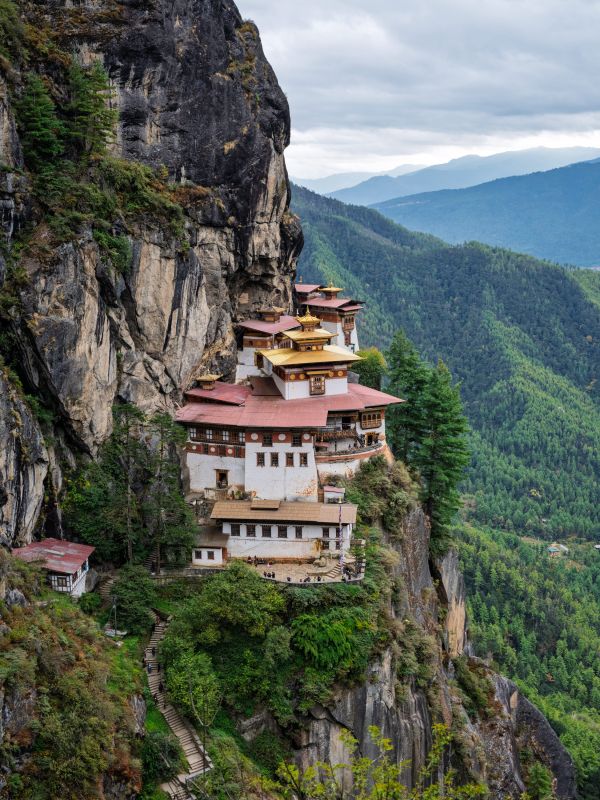
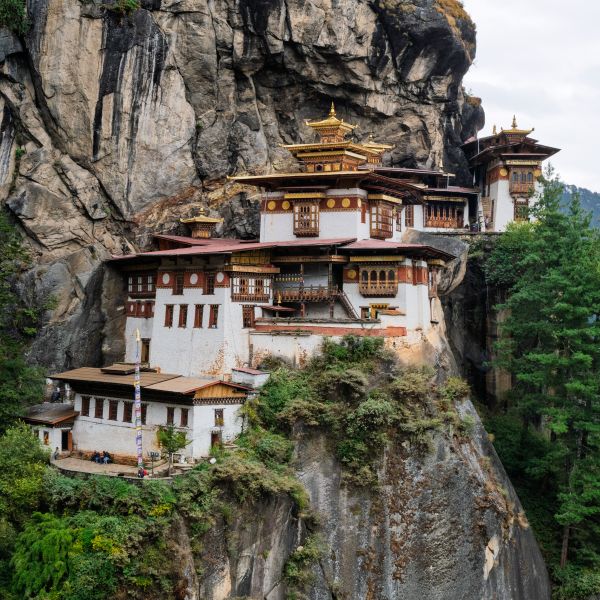
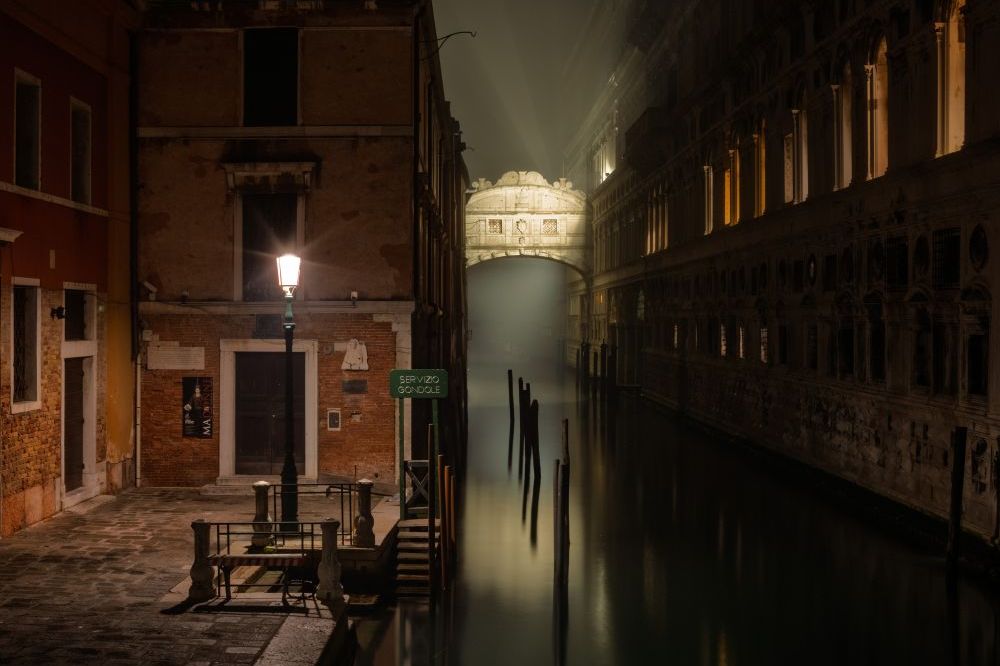
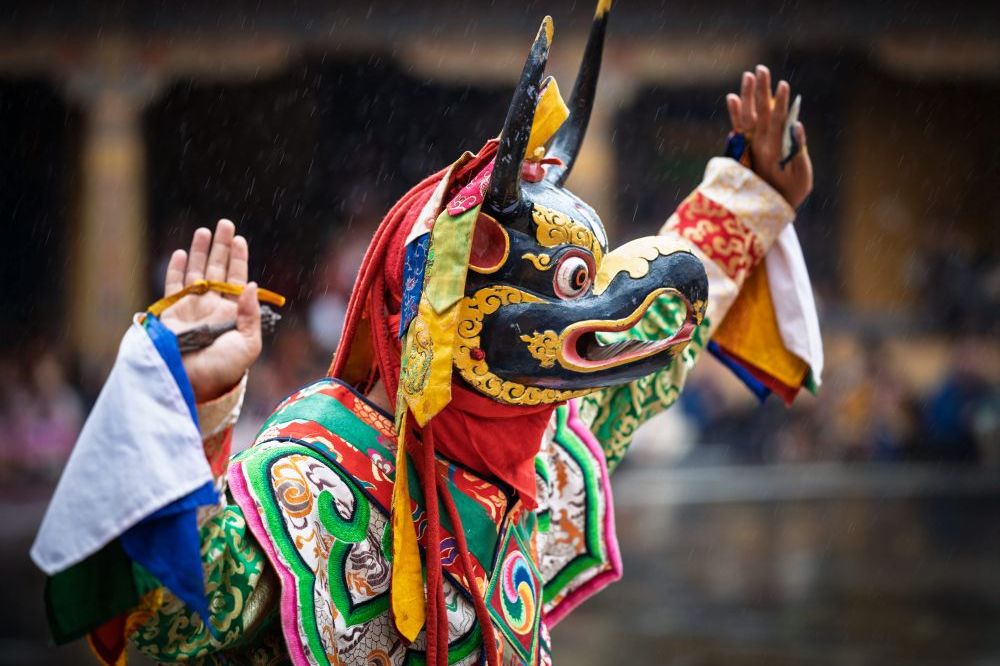
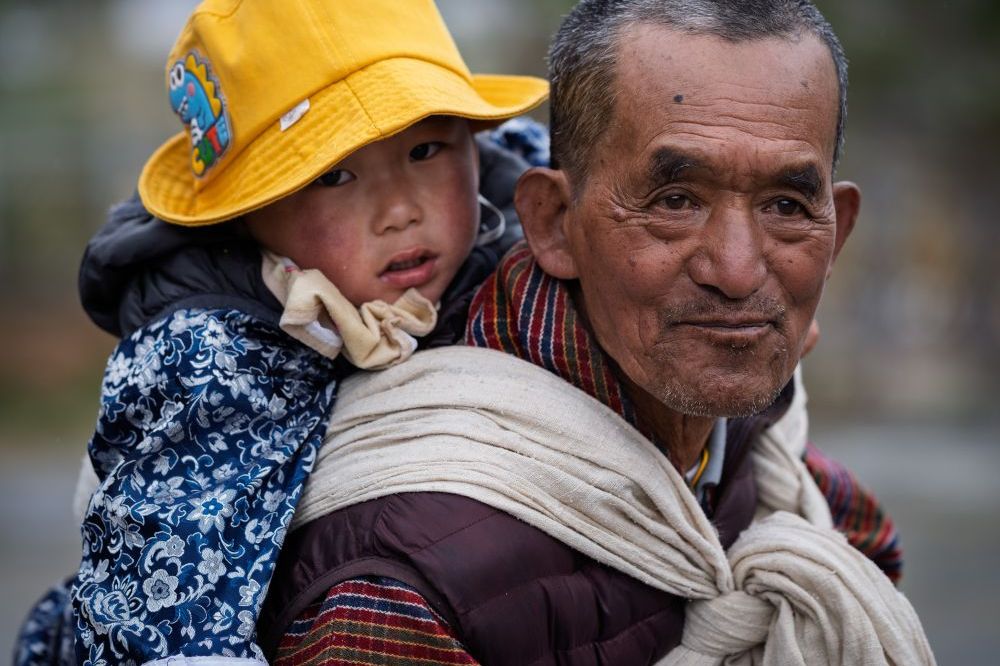
Leave A Comment
Please submit your comment below. No registration required.